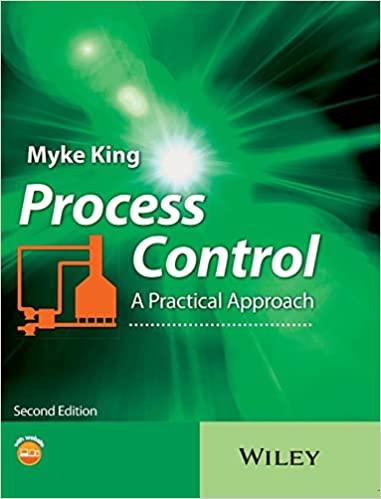Question
1. Given that a particle has 8 nm in diameter. Assuming that an antibody has dimension of ~ 17 nm in the long direction, ~
1. Given that a particle has 8 nm in diameter. Assuming that an antibody has dimension of ~ 17 nm in the long direction, ~ 8 nm across the y-shape and ~ 3 nm at the base, how many antibodies could be conjugated to the particle based on steric hindrance alone?
2. What if our particle were 4 nm in diameter instead of 8 nm? How would the numbers change?
There are two possible steric limitations: at the surface of the particle and at the corona of the Ab (y-shaped end of the Ab assuming it is standing straight up on the NP surface). Calculate the maximum packing for both locations; the smaller is the limiting factor and limits the number of Abs that can be packed on the sphere. To calculate, assume the Ab is roughly shaped as a cylinder, but with one face that has a diameter of 3 nm and one with a diameter of 8 nm. Project the area of those circles onto the surface areas of the two spheres (the NP and the Ab coating on the surface). Also, dont forget to correct for packing density. It is not possible for spheres/circles to perfectly occupy available surface area. Use the close-packed sphere approximation as a starting point.
Step by Step Solution
There are 3 Steps involved in it
Step: 1

Get Instant Access to Expert-Tailored Solutions
See step-by-step solutions with expert insights and AI powered tools for academic success
Step: 2

Step: 3

Ace Your Homework with AI
Get the answers you need in no time with our AI-driven, step-by-step assistance
Get Started


